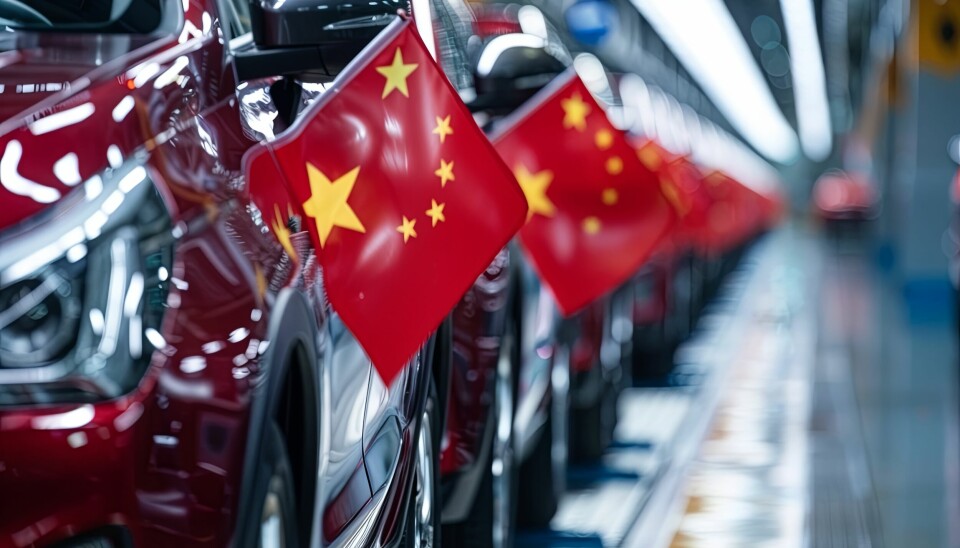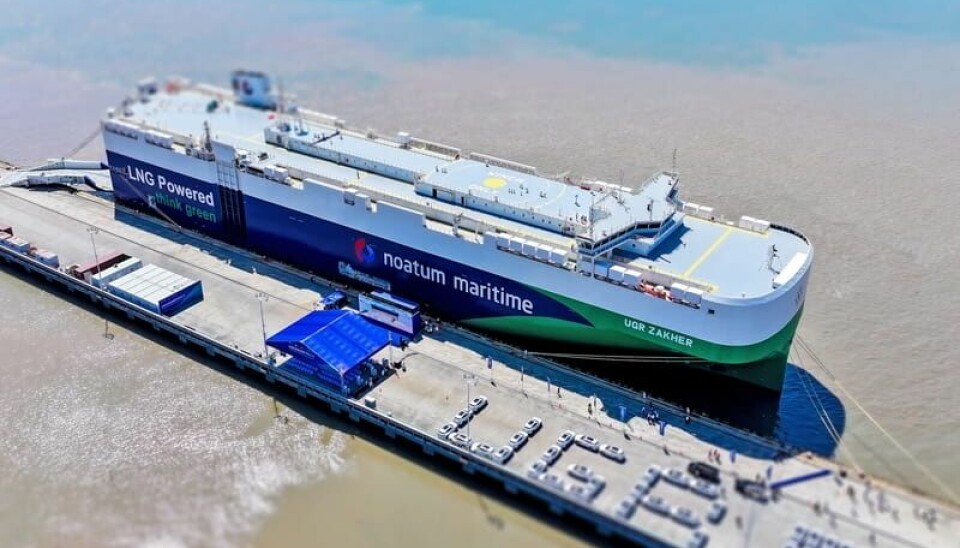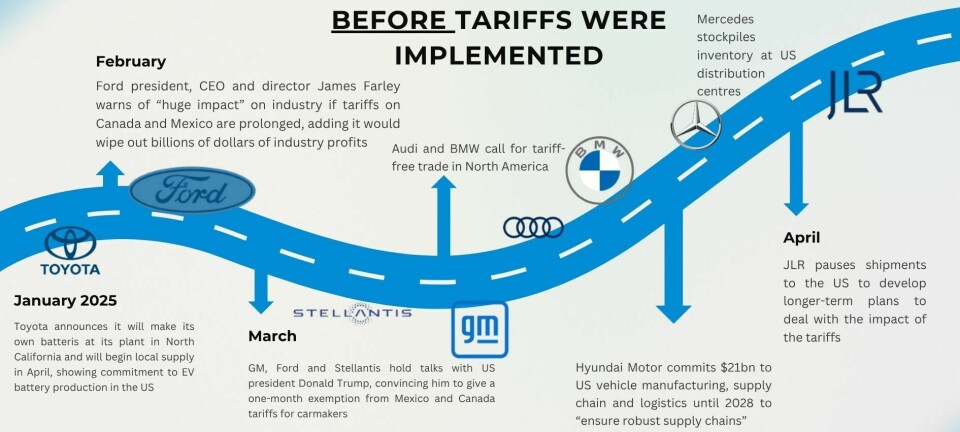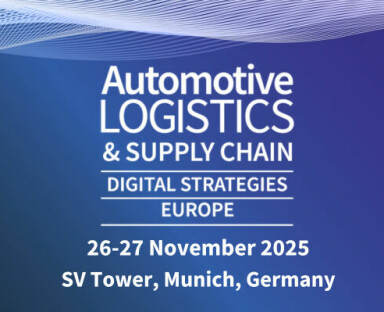China spurs finished vehicle realignment
Global supply chain adapts to booming sales of Chinese vehicles

China's auto exports gain momentum despite substantial headwinds, demonstrating outstanding flexibility in adapting to issues such as tariffs and demand fluctuations in target markets.
The Chinese automotive industry’s expansion in the global market continues. In the first half of 2025, China's exports reached 3.48 million vehicles, representing a robust 18% increase compared to the same period in the previous year.
New energy vehicles (NEVs), a term used to describe automobiles that primarily or fully run on electricity or hydrogen instead of traditional gasoline or diesel, remain the primary driver of that growth, with sales in this segment in the first half of 2025 jumping by 41% compared with the previous year.
China's auto exports gained steam despite substantial headwinds, commented Stephen Dyer, PhD, partner and managing director with Asia Automotive and industrials leader at Alix Partners, a global consulting firm.
The challenges faced by Chinese OEMs are not limited to the continuing market-blocking tariffs, which have reached over 100% for imports into the US and are increasing for EVs going into Europe, Dyer said. Now, he explained, smaller and less developed markets are also experiencing anti-China backlash due to the flood of Chinese cars, with Russia and South America as the most recent examples.
However, the tariffs are not expected to derail China's expansion into the global automotive market.
Alix Partners expects that, by 2030, over 30% of vehicles sold globally will be of Chinese brands, compared to only 21% in 2024.
China's auto markets have shown outstanding flexibility in adapting to issues such as tariffs and demand fluctuations in target markets, industry analysts believe.
In 2024, Russia and the Middle East together accounted for 35% of China-origin vehicle exports, surpassing combined shipments to Europe and North America for the first time amid tariff hurdles, estimated Alix Partners.
In the first quarter of 2025, China's OEMs experienced a decline in deliveries to certain destinations, primarily Russia, where higher excise rate duties and general economic turbulence led to a substantial drop in demand. However, this decline was more than fully offset by continued growth in the Middle East, as well as sales expansion in Central and South America, Southeast Asia, Africa and Oceania, commented Claire Yuan, director, S&P Global Ratings.
"We think this is mainly driven by increasing competitiveness of China-made cars, including competitive edge in EV technology, affordable and rising electrification trend globally," Yuan said.
The impact of the trade barriers imposed by the US and the EU was close to the margin of error. According to Yuan, they eventually affected only 1% to 2% of China's auto exports.
For example, the counter-veiling duty imposed by the EU on BEVs had little impact on exports, as Chinese carmakers switched to delivering more non-BEV models, such as HEVs and ICEs, to the region, Yuan explained.
Growth pains
However, the rapid expansion of China's automotive industry in the global arena puts increasing pressure on logistics.
Logistics routes, ships and port resources have been stretched as Chinese vehicle exports have grown by more than fivefold over the last five years, Alix Partners' Dyer said.
"We would expect additional investments in these bottlenecks to accommodate increased flows," Dyer added.

One example of such cooperation is a preliminary strategic agreement recently signed by AD Ports with the Zhejiang Provincial Seaport Investment and Operation Group. This agreement aims to connect China's carmakers with markets in the Middle East, Central Asia and Africa through integrated terminal operations, dedicated fleet services and multimodal transport.
Under the agreement, the parties will examine connecting ocean and inland rail routes through the Trans-Caspian International Transport Route.
Over the past several decades, China and other countries in the region have heavily invested in various alternative routes for delivering freight, including finished vehicles from China to Europe.
However, none of those projects have yet managed to become a vital alternative to maritime trade routes, analysts believe.
"[The Trans-Caspian route] is still a multimodal route involving several modes of transport, which means switching platforms, so it is more expensive - and the trade volumes going through it are small," commented Ron Stoop, a political scientist and political economist with the Hague Centre for Strategic Studies (HCSS).
In general, at the current state, the alternative routes have little potential to facilitate the growth in exports of Chinese vehicles.
"When it comes to rail, we believe that it is limited and recall one OEM telling us the option of transporting BEVs was limited given safety concerns," commented Matthias Schmidt, head of Schmidt Automotive Research, a consultancy.
"My expectation is that this route and other multimodal routes will play a limited role in total volumes. Maritime trade routes will stay dominant for finished cars, especially given the large Chinese investments in ro-ro fleets," Stoop said.
Over the past few years, leading Chinese OEMs have been heavily investing in expanding their fleets of ro-ro car carriers.
"Chinese automakers have invested in ro-ro ships to handle their increasing vehicle exports without relying on fluctuating third-party resource availability," Dyer said.
"This trend could continue in the next 1-2 years as carmakers increase exports of finished vehicles and components for their local production overseas," Yuan added.
In the medium term, the key constraints for global expansion of Chinese automakers will be the inherent complexity of establishing assembly, supply chain ecosystems, dealer sales and service networks in target countries. Japanese and Korean automakers went through these growing pains as they expanded in the 1980s and 1990s, Dyer said.
Logistics adapts
China's continuing expansion has already led to a noticeable change in trade flows.
Morocco, which became the largest exporter of finished vehicles to Europe in 2023, saw a 4% decline in sales year-on-year in the first five months of 2025. This decline occurred as China's market share in Europe exceeded 5% for the first time in the first quarter of 2025.
"Industry analysts project that companies such as BYD and SAIC will continue to steadily grow their market share, with annual sales potentially surpassing one million units by 2028. Given the production investments already announced, and in some cases underway, these targets appear achievable," commented Frank Schnelle, executive director with the Association of European Vehicle Logistics.
EU tariffs have also somewhat reshaped the supply chain this year. For example, the market witnessedan increase in deliveries from China to the UK as this market hasn't been impacted by the EU anti-subsidy tariffs up until this point, Schmidt said.
"We are also seeing missed port calls in Bremerhaven in Germany as German uptake for Chinese models has been slower than some Chinese OEMs expected. We expect direct deliveries from China to Italy, and also potentially to see an uptake," he added. "Up until now, rebadged Chery models, badged as DR Motors, have been the main locomotive driver in Italy, but we are now also expecting to see shipments enter the Mediterranean through the Strait of Gibraltar. Italian port calls from China have been largely missed since the rerouting around South Africa."
Even if the automotive industry has so far reacted calmly to the geopolitical developments, logistics providers are seeing the first changes in the handling figures, commented Britt van Delden, PR & marketing manager of BLG Logistics, adding that the ongoing challenges open new opportunities for players along the supply chain.
"While the export of European vehicles to China is becoming increasingly difficult, the volume of Asian vehicles imported to Europe is slowly increasing. This opens up opportunities for us in the medium term: more imported vehicles mean growing demand for integrated logistics, technical services and a tried-and-tested distribution network - areas in which we are already well positioned and are continuing to expand our strengths in a targeted manner," van Delden explained.
In Europe, the rise in China's finished vehicle exports is not expected to be associated with logistics challenges.
"The current number of vehicles being imported from China can be smoothly integrated into the existing network. Our members have sufficient capacity to handle this without any issues," Schnelle added.
In general, Schnelle said market players expect Chinese manufacturers to follow a development trajectory similar to that of Japanese and Korean brands in previous decades, combining local manufacturing in Europe with continued imports from China.
Logistics challenges and tariffs propel nearshoring
As rising volumes put additional pressure on export logistics, China's OEMs will likely be prompted to proceed with their plans to localise capacities in the key targeted market sooner rather than later.
"Chinese car manufacturers have a very strong incentive to either export or move part of their operations abroad. Profitability is severely under pressure in the cutthroat Chinese domestic market," HCSS's Stoop commented.
"Moving production to another location can help establish a foothold and can help evade import tariffs via production in countries that the EU has FTAs with, such as Morocco and Turkey," Stoop said.
Stoop added that Chinese exports of finished products will, under the current circumstances, most likely continue; however, this is also strongly dependent on import nations' policies, as recent developments suggest countries with domestic car industries are unlikely to let their own industrial base wither without any policy effort to prevent this.
"It's certainly possible that the EU will take extra measures against production in adjacent markets," he commented. "It could perhaps do so via transshipment measures against such countries or minimum value add requirements. In the end, the EU prefers Chinese companies to establish themselves in Europe and make sure an adequate portion of the production is done in Europe so it's policy will most likely reflect that, however it's uncertain how exactly it will react to these newer developments."








